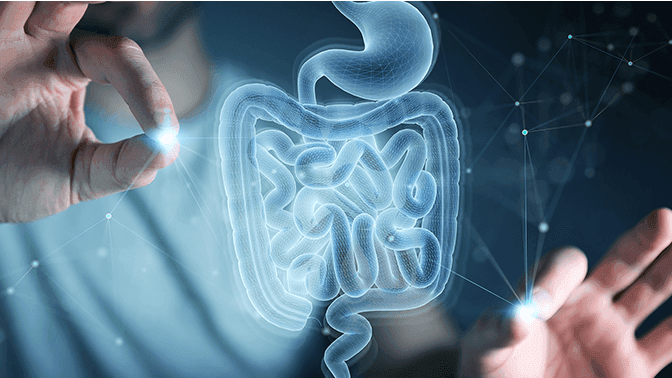
Advancements in Treatment Options for Ulcerative Colitis and Crohn’s Disease
Additional therapy options for these autoimmune conditions.

Inflammatory bowel disease (IBD), which includes conditions like Ulcerative Colitis (UC) and Crohn’s Disease (CD), causes chronic inflammation of the gastrointestinal (GI) tract. UC involves inflammation and ulcers along the lining of the large intestine. CD is characterised by inflammation of the lining as well as deeper layers of the small intestine. It can affect any segment of the GI tract, and the inflammation is not always continuous, leaving normal areas in between patches of inflamed intestine. Common symptoms include diarrhoea, abdominal cramping and pain, fatigue, and unintended weight loss. The exact cause is unclear, but it's believed to involve a mix of genetics, environment, and lifestyle. Over 200 genes, some related to the immune system, play a role, leading to persistent inflammation and damage to the digestive organs in susceptible individuals.
In Europe, over 3.4 million adults, comprising 0.3% of the population, are estimated to be affected by IBD. The prevalence of UC ranges from 2.4 to 294 cases per 100,000, while CD ranges from 1.5 to 213 cases per 100,000. Geographical variations are evident, with UC incidence in Northern and Southern Europe at 11.4 and 8.0 per 100,000, respectively, and CD incidence at 6.3 per 100,000 in Northern Europe compared to 3.6 per 100,000 in Southern Europe. Eastern Europe has witnessed a notable increase in IBD rates in recent years. UC is more prevalent than CD in most age groups, except among children where the trend is reversed. Research indicates that 5 to 20% of IBD patients have a first-degree relative with the disease. Typically, diagnosis occurs between the ages of 15 and 35, although IBD can manifest at any age.
Medical management of UC and CD depends on disease location, disease severity, disease-associated complications, and disease prognosis. While the medications available for UC and CD do not actually cure the disease, they can control disease and many patients can experience extended periods without symptoms.
In recent years, treatment options for UC and CD have expanded significantly providing additional therapy options after aminosalicylates, corticosteroids and immunomodulators. The treatment landscape is evolving, requiring further research to optimise therapy positioning amidst the growing array of available therapies.
For more information on treatment updates for UC and CD, click here to read this issue’s clinical bulletin.